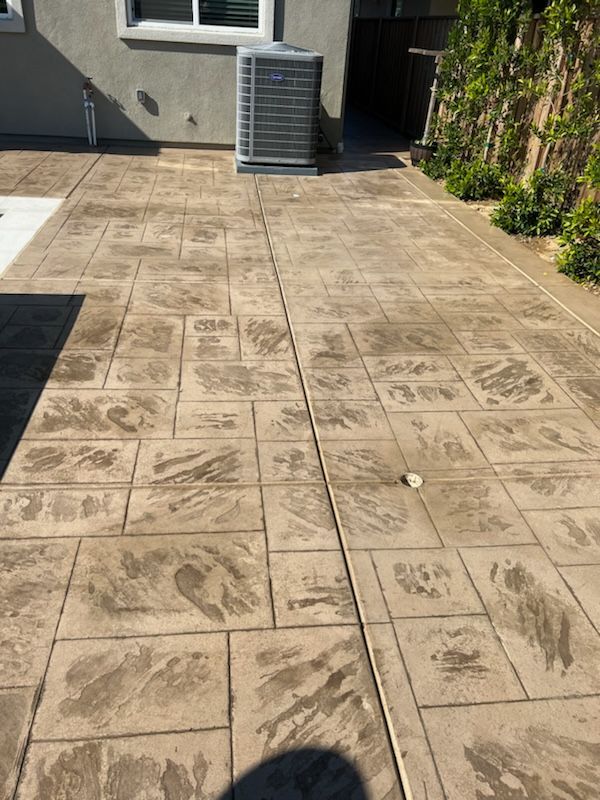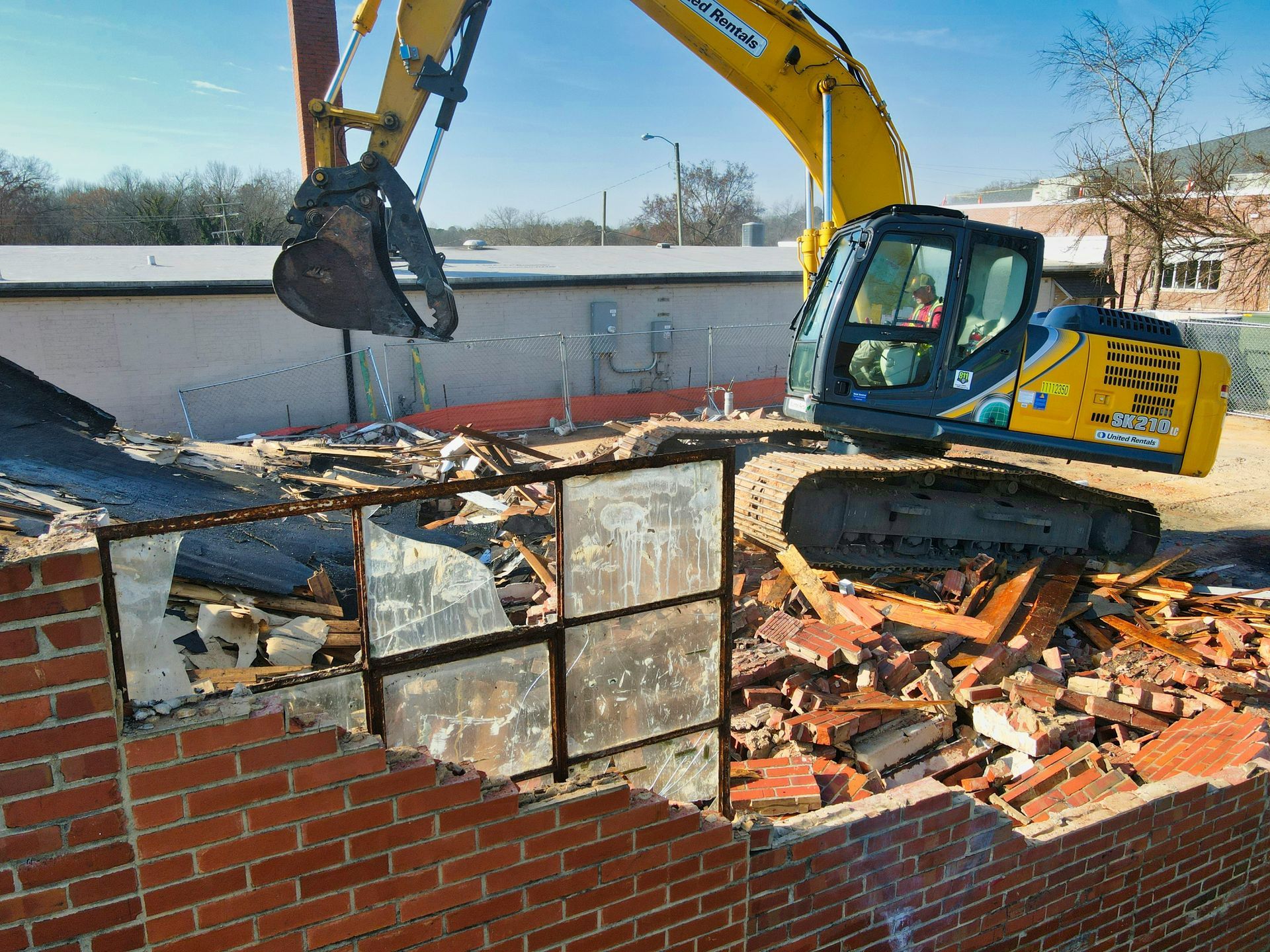What is demolition? Your Complete Guide to Professional Building Removal
So, you've inherited your grandmother's 1950s ranch house, complete with asbestos siding, outdated electrical, and a foundation that's seen better days. The repair estimates are staggering—more than the property's worth. Sound familiar? You're not alone. Thousands of property owners face this crossroads every year, wondering if demolition might be their best option forward.
But what exactly is demolition, and when does it make sense? More importantly, how do you navigate this process safely and legally? Let's break down everything you need to know about professional demolition services.
What is Demolition?
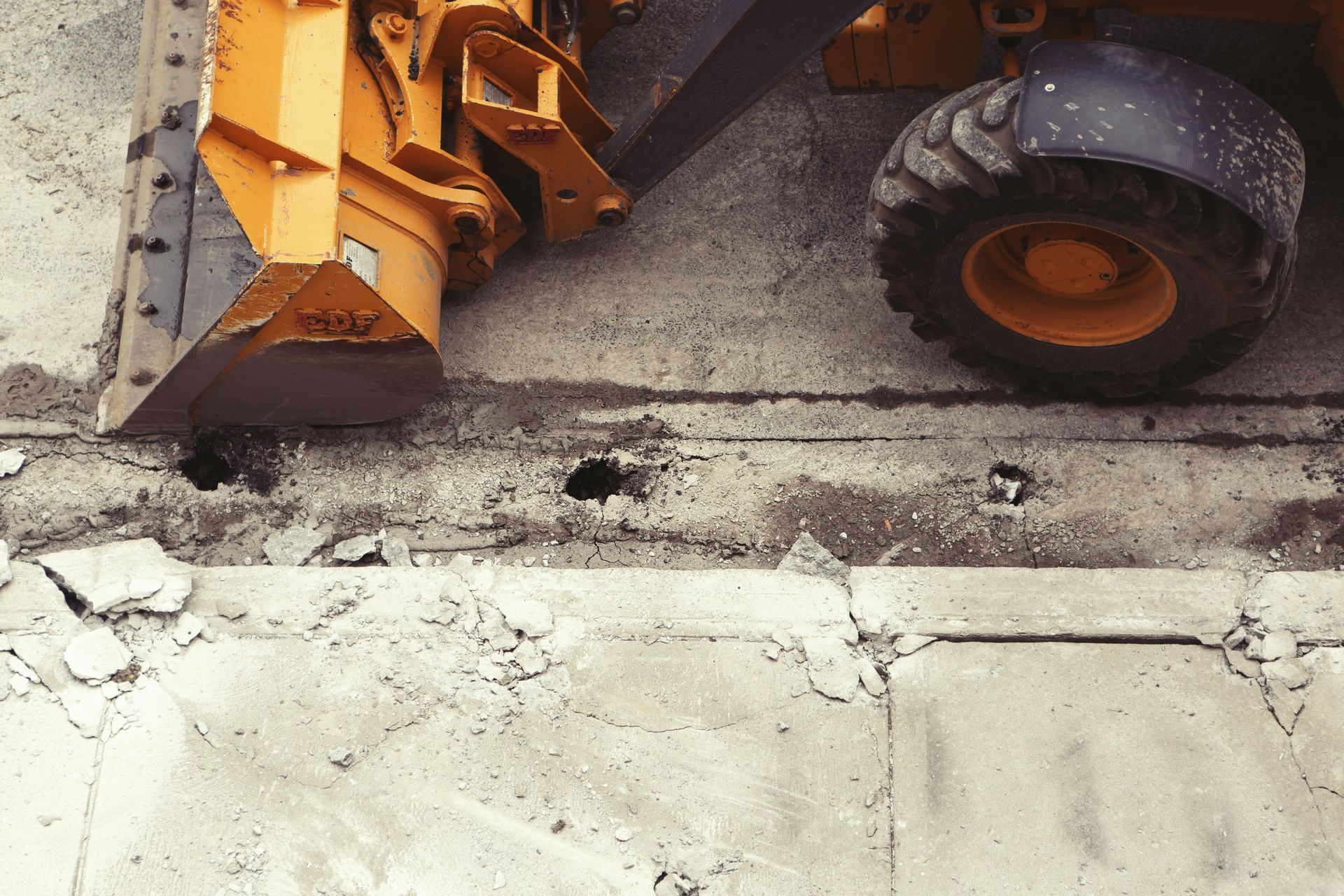
Demolition is the controlled, systematic dismantling or destruction of buildings and structures. Contrary to popular belief, it's not about mindless destruction—it's a precision operation requiring extensive planning, specialized equipment, and expert knowledge of structural engineering, safety protocols, and environmental regulations.
Think of demolition as surgery rather than amputation. Professional demolition contractors analyze each project's unique challenges, from utility disconnections to hazardous material removal, ensuring every step protects both people and property.
Types of Demolition
Here are the most common types of demolition:
Complete Demolition
This involves removing an entire structure down to the foundation or ground level. It's often chosen when buildings are beyond repair, pose safety hazards, or when property owners want a clean slate for new construction.
Selective Demolition
Sometimes called "interior demolition," this approach removes specific portions of a structure while preserving others. Perfect for renovations, additions, or when you need to remove damaged sections while keeping the sound structure intact.
Residential vs. Commercial Demolition
Residential projects typically involve homes, garages, or small buildings, while commercial demolition tackles larger structures like office buildings, warehouses, or retail spaces. Each requires different equipment, permits, and safety considerations.
When to Consider Demolition
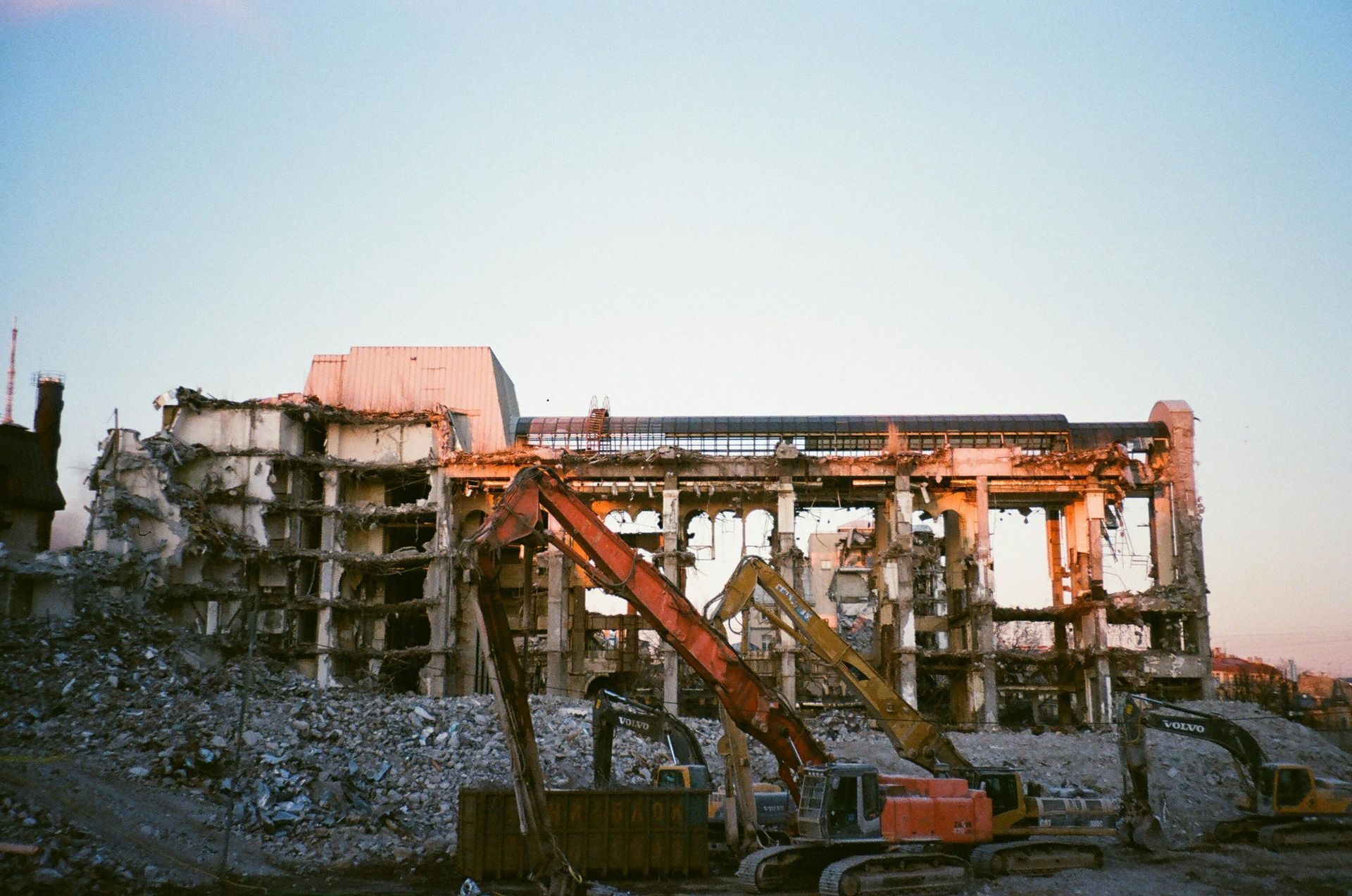
The decision to demolish isn't always obvious. Here are key indicators that demolition might be your smartest move:
Structural Issues: When foundation problems, severe water damage, or structural instability make repairs unsafe or prohibitively expensive.
Code Compliance: Older buildings often can't meet current building codes without extensive (and expensive) modifications.
Development Opportunities: Sometimes the land value exceeds the building's worth, making demolition a strategic investment.
Health and Safety Concerns: Buildings containing asbestos, lead paint, or mold contamination may require specialized demolition to protect occupants and neighbors.
The Demolition Process
Successful demolition projects follow a structured approach:
1. Assessment and Planning
Professional contractors conduct thorough site evaluations, identifying utilities, hazardous materials, and structural considerations. This phase determines the safest, most efficient demolition method.
2. Permits and Approvals
Demolition requires various permits and inspections. Experienced contractors handle this paperwork, ensuring compliance with local regulations and avoiding costly delays.
3. Site Preparation
Before any demolition begins, utilities must be disconnected, hazardous materials removed, and safety perimeters established. This protects workers, neighbors, and the environment.
4. Controlled Demolition
Using specialized equipment—from excavators to controlled explosives—professionals systematically dismantle structures while minimizing dust, noise, and debris scatter.
5. Debris Removal and Site Cleanup
Responsible contractors sort materials for recycling, dispose of waste properly, and leave your property clean and ready for its next chapter.
Why Hire Professionals
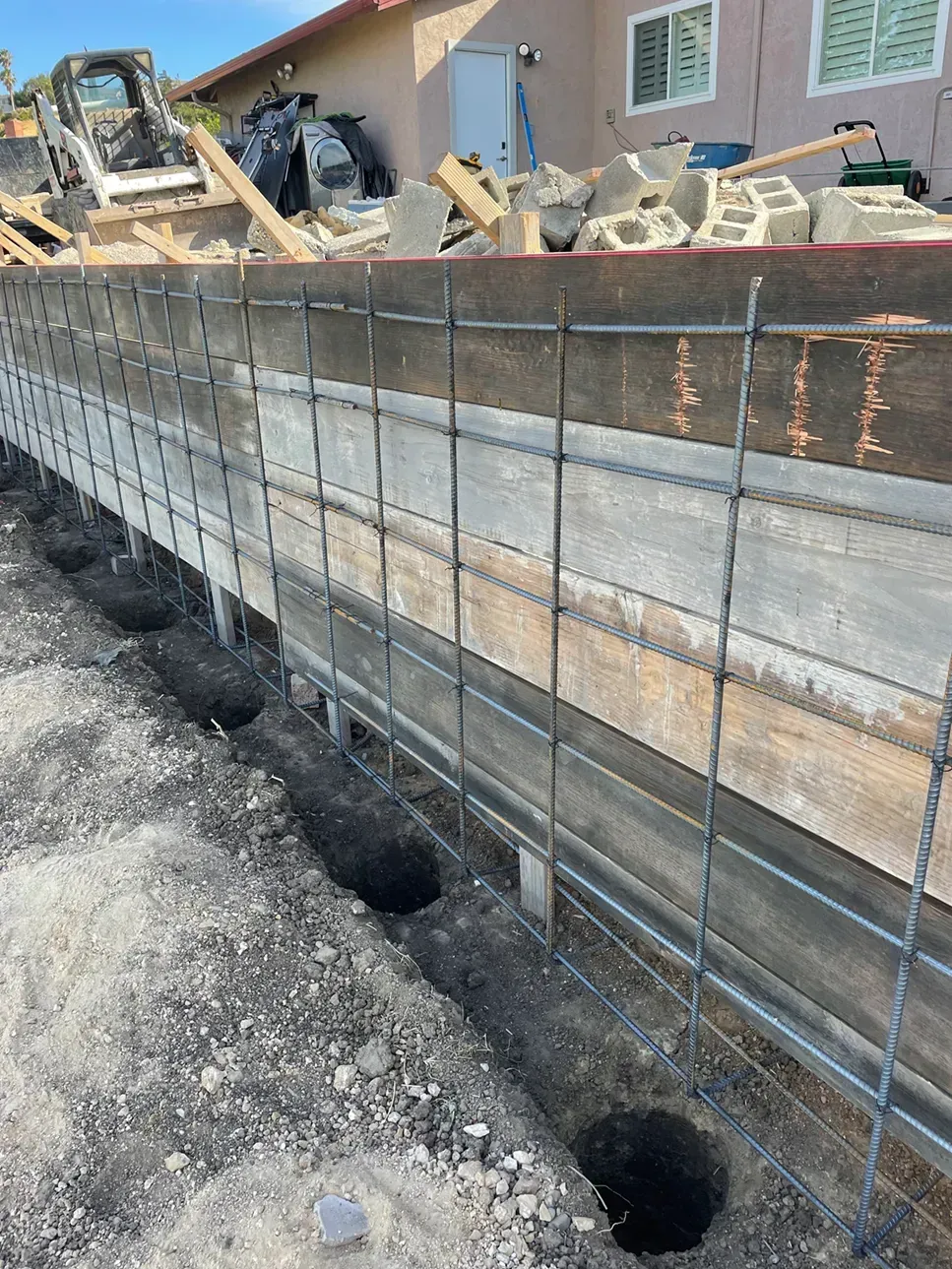
While DIY demolition might seem cost-effective, it's fraught with hidden dangers and legal complications. Professional contractors like Elite Development Builders bring:
- Safety Expertise: Proper equipment and training prevent accidents and injuries
- Regulatory Knowledge: Understanding of local codes, permits, and environmental requirements
- Insurance Protection: Coverage for property damage or accidents during demolition
- Efficiency: Faster project completion with proper equipment and experienced crews
Amateur demolition can result in utility strikes, structural collapses, or environmental violations—risks that far outweigh potential savings.
What Comes Next
Once your demolition is complete, you'll likely need additional services to prepare your property for new construction. This might include concrete work for new foundations, driveways, or patios. Some property owners are also exploring synthetic turf installation for low-maintenance, attractive landscaping that adds immediate value and appeal to their newly cleared property.
In Summary
Demolition represents more than ending one chapter of your property's story—it's the essential first step toward creating something better. Whether you're dealing with a structurally compromised building, planning a major renovation, or preparing land for new construction, professional demolition sets the foundation for success.
Ready to Move Forward? Elite Development Builders Has You Covered
At Elite Development Builders, we understand that every demolition project is unique. Our experienced team handles everything from residential teardowns to complex selective demolition, ensuring your project is completed safely, legally, and efficiently. Plus, with our comprehensive concrete and synthetic turf services, we can take your project from demolition through to beautiful, functional completion.
Don't let an outdated or damaged structure hold back your property's potential. Contact Elite Development Builders today for a free demolition consultation, and let's discuss how we can help transform your vision into reality.


